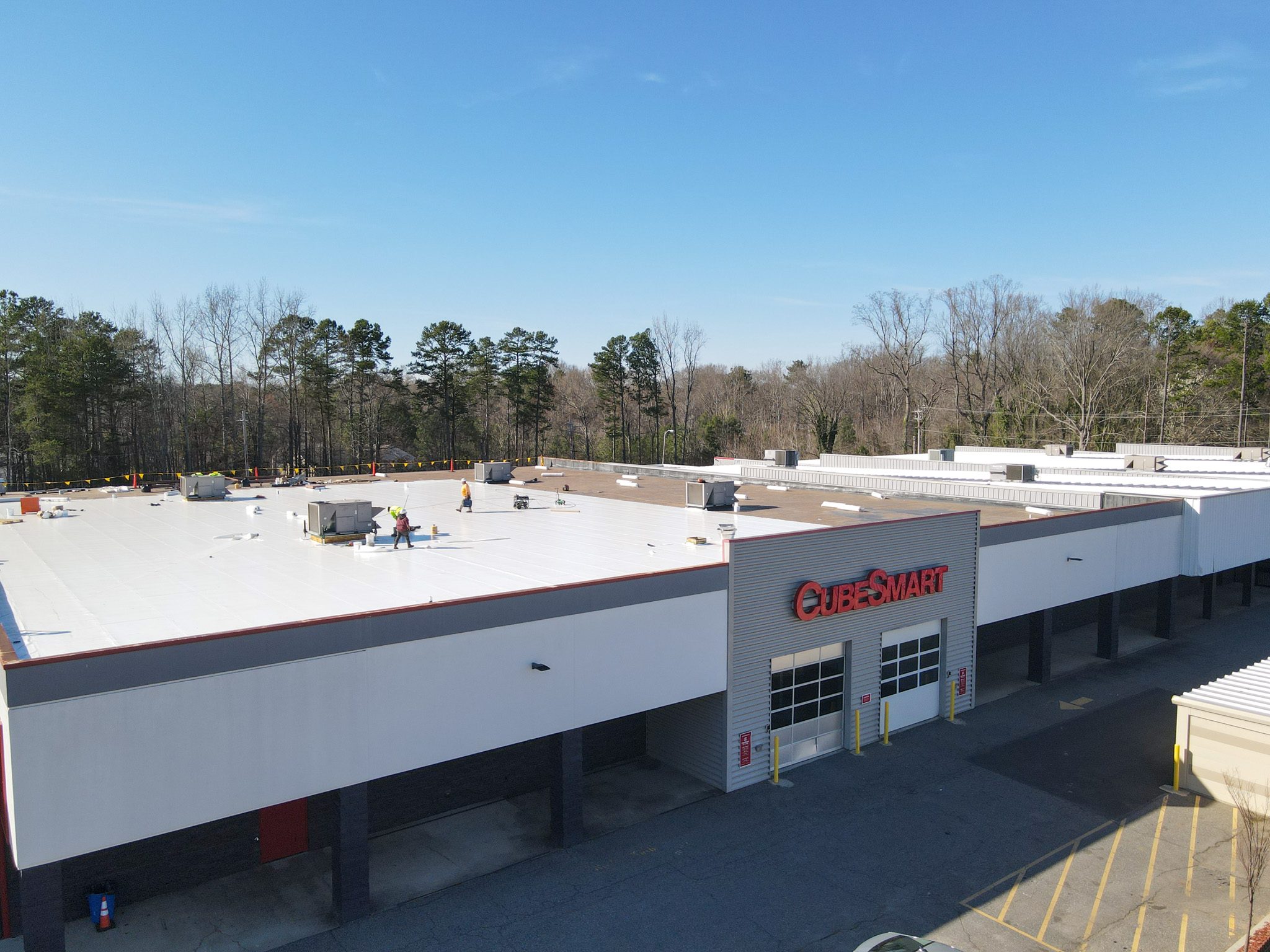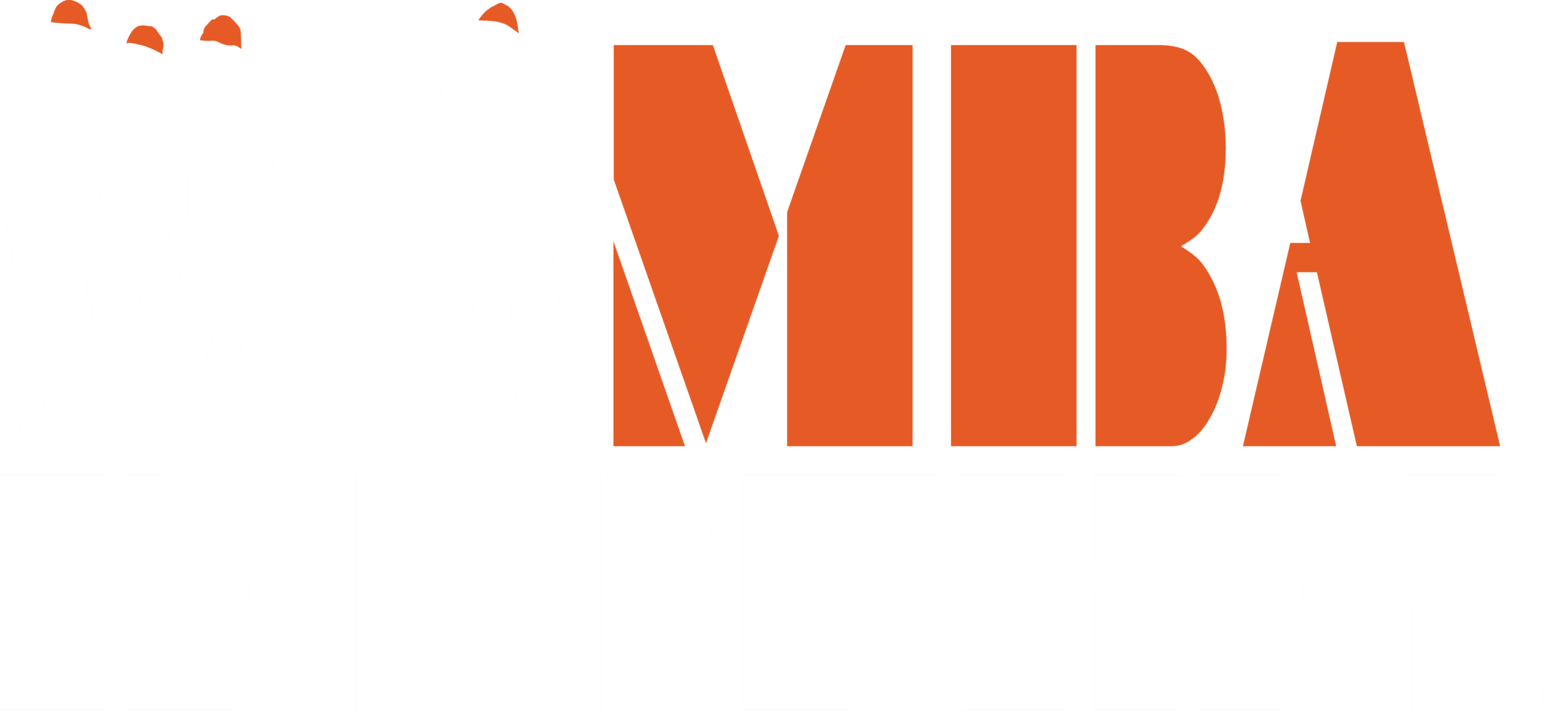Understanding PVC Roofing Systems
PVC roofing systems, short for Polyvinyl Chloride, are a popular choice in the commercial roofing industry alongside other commercial roofing materials and roofing material. These systems are primarily made from a combination of chlorine from salt and ethylene from natural gas. The material’s flexibility is enhanced by adding plasticizers, which make PVC roofs highly adaptable to various building shapes and designs.
A standout feature of PVC roofing systems is their durability. Designed to resist chemicals, grease, and fire, PVC membranes are a robust option for commercial buildings that may encounter harsh environmental conditions. This resilience is further reflected in the warranties that often extend up to 30 years, giving building owners peace of mind regarding the longevity of their investment in commercial roofing materials and pvc roof.
PVC roofing systems also resist biological growth like mold and algae, a common issue with other materials. This makes them particularly suitable for low slope roofs often found in commercial buildings.

Key Benefits of PVC Roofing Systems
The exceptional durability of PVC roofing systems is one of their primary benefits. With a lifespan that can extend beyond 30 years, these roofs require fewer replacements, which translates to a lower environmental impact over time. This longevity is a significant advantage for building owners looking for a long-term roofing solution.
Another compelling benefit of PVC roofs is their energy efficiency. The reflective surface of PVC membranes reduces the amount of heat absorbed by the building, leading to lower cooling costs during hot weather. This can result in substantial energy savings, making PVC roofing a cost-effective choice in the long run.
Safety, a critical concern for any commercial building, is well-addressed by PVC roofs. They offer excellent fire resistance, often achieving Class A fire ratings, which is the highest rating available for fire protection. This makes PVC an ideal material for buildings that require stringent safety measures.
Finally, PVC roofs resist chemicals and biological growth, including mold and algae. This resistance reduces maintenance needs and ensures the roof remains in good condition for a longer period. Considering these benefits, it’s clear why PVC is increasingly popular in the commercial roofing industry.
Common Challenges with PVC Roofing Systems
Despite their numerous advantages, PVC roofing systems are not without their challenges. A main drawback is the higher initial cost compared to options like TPO and EPDM. This higher upfront investment can be a barrier for some building owners, although the long-term savings and durability often offset this initial expense.
PVC roofs may also shrink over time. As the PVC membranes shrink, they can pull away from walls and edges, leading to leaks and other damage. Regular maintenance and timely repairs are crucial to mitigate this problem and ensure the roof’s longevity.
Repairs can be complicated by the incompatibility of different manufacturers’ formulations. This can make welding seams together a challenge, potentially leading to issues with the roof’s integrity. Understanding and addressing these challenges can ensure a PVC roofing system remains reliable and durable.
Installation Methods for PVC Roofing Systems
Several methods can be used to install a PVC roofing system, each with distinct advantages. The method chosen often depends on the project’s specific requirements and the contractor’s preferences.
Mechanically attached systems secure the PVC membrane to the roof system using fasteners. This method allows for some movement of the roof without causing damage to the membrane, making it suitable for areas with high wind loads. It’s a popular choice for many commercial buildings due to its flexibility and reliability.
Fully adhered systems bond the PVC membrane directly to the roof substrate with adhesive. This method provides greater wind resistance and a smoother appearance but can be more labor-intensive and costly.
Ballasted systems use heavy materials like gravel to hold the membrane in place, providing protection and ease of installation.
Comparing PVC and TPO Roofing Systems
Understanding the differences between PVC and TPO roofing systems is key when choosing between them. TPO, or Thermoplastic Polyolefin, is made from a blend of polypropylene and ethylene-propylene rubber. This contrasts with the polyvinyl chloride base of PVC roofs.
A main advantage of PVC roofing systems is their superior chemical resistance. PVC membranes are non-reactive to most chemicals, making them ideal for environments where exposure to harsh substances is a concern. TPO and PVC membranes, while generally durable, may degrade when exposed to certain chemicals, which can limit their applicability in some commercial settings.
Another important factor is cost. TPO roofing systems are typically less expensive upfront compared to PVC. However, the long-term cost-effectiveness of PVC, due to its durability and low maintenance requirements, often makes it a more economical choice over the roof’s lifespan. TPO roofs are a viable option to consider in this context.
Finally, TPO’s tear strength is slightly higher than PVC’s, a consideration in areas prone to physical damage. When comparing TPO and PVC roofing systems, it’s essential to weigh these factors to make an informed decision that best meets the needs of your building.


